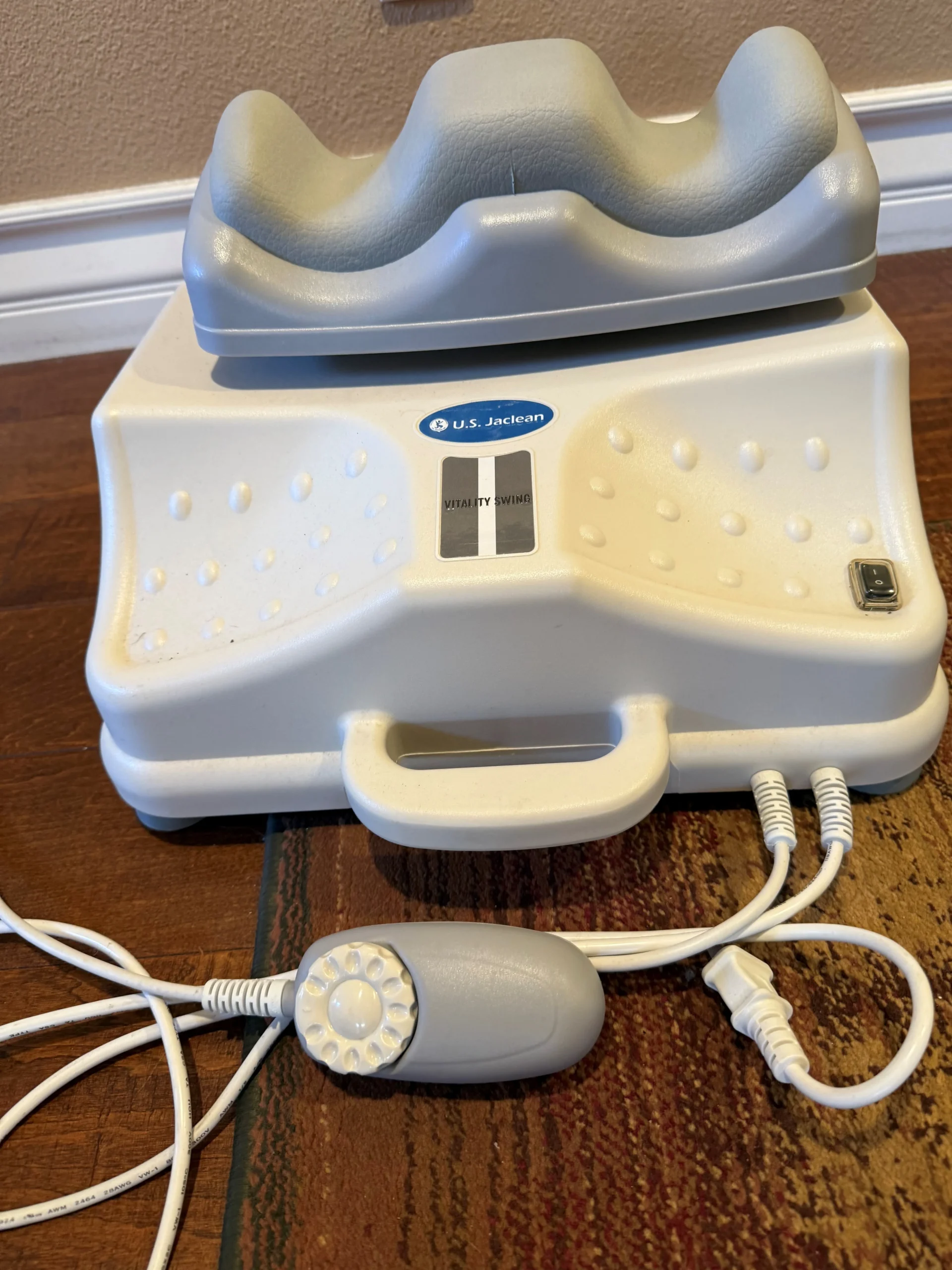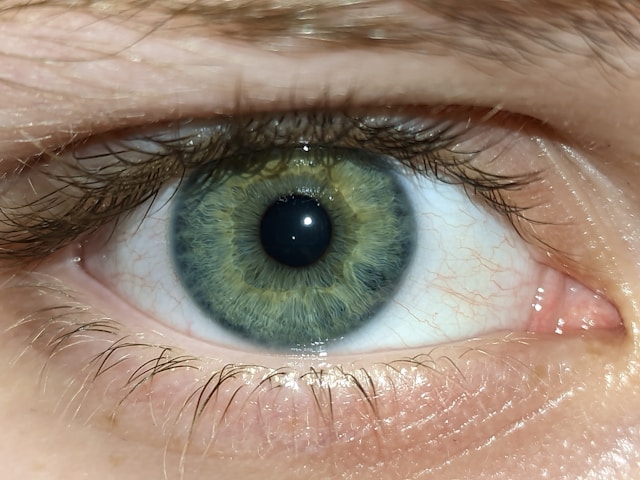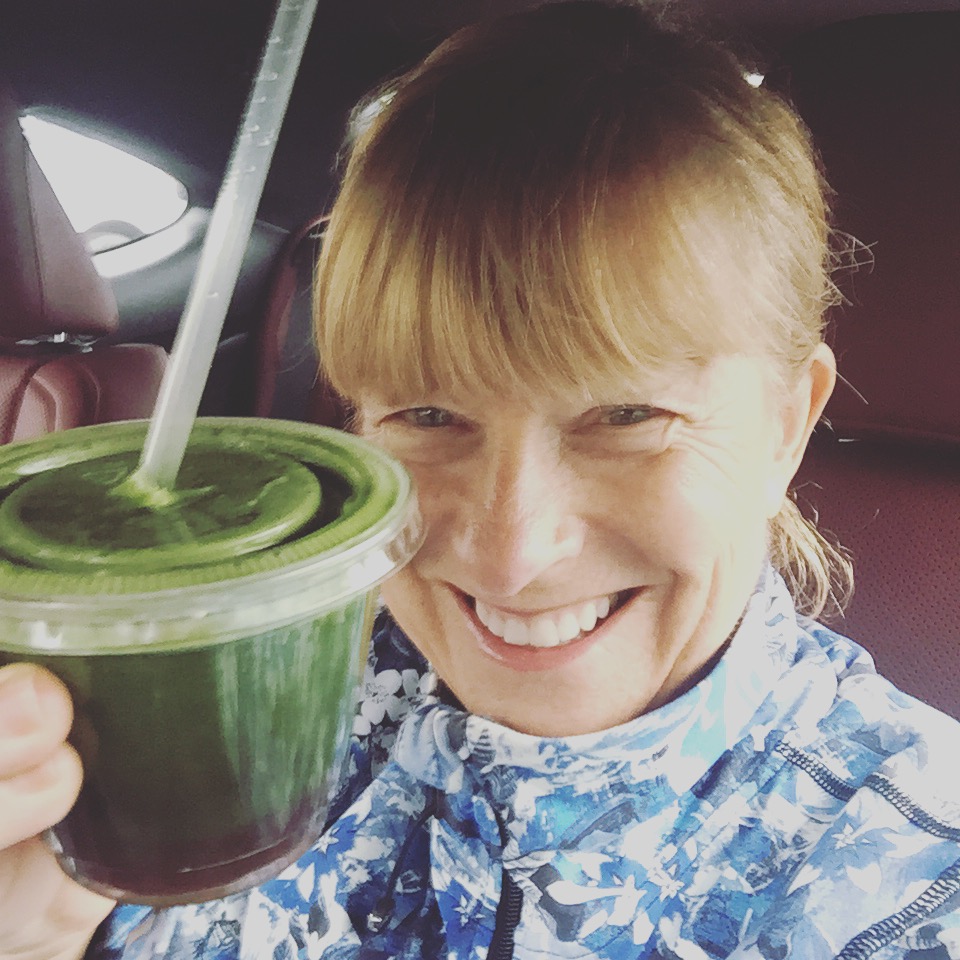No. Many health advocates say sea salt has less sodium than table salt. Don’t count on it. Table salt has 580 mg sodium per 1/4 teaspoon and some sea salts have as much as 590 mg.
Sea salt and table salt have the same basic nutritional value, despite the fact that sea salt is often marketed as a more natural and healthy alternative. The real differences between sea salt and table salt are in their taste, texture and processing, not their chemical makeup.
Sea salt is produced through evaporation of seawater, usually with little processing, which leaves behind certain trace minerals and elements depending on its water source. The minerals add flavor and color to sea salt, which also comes in a variety of coarseness levels.
Table salt is mined from underground salt deposits. Table salt is more heavily processed to eliminate minerals and usually contains an additive to prevent clumping. Most table salt also has added iodine, an essential nutrient that’s lacking in naturally occurring sea salt.
By weight, sea salt and table salt contain the same amount of sodium chloride. Your body needs only a very tiny amount of salt to stay healthy. Most people get far too much — mostly from processed foods. So regardless of which type of salt you prefer, use a light hand with the saltshaker. And limit total sodium to less than 2,300 milligrams a day — or 1,500 milligrams if you’re age 51 or older, or if you are black, or if you have high blood pressure, diabetes or chronic kidney disease.
SOURCE – Mayo Clinic Nutritionist Katherine Zeratsky, R.D., L.D.




























